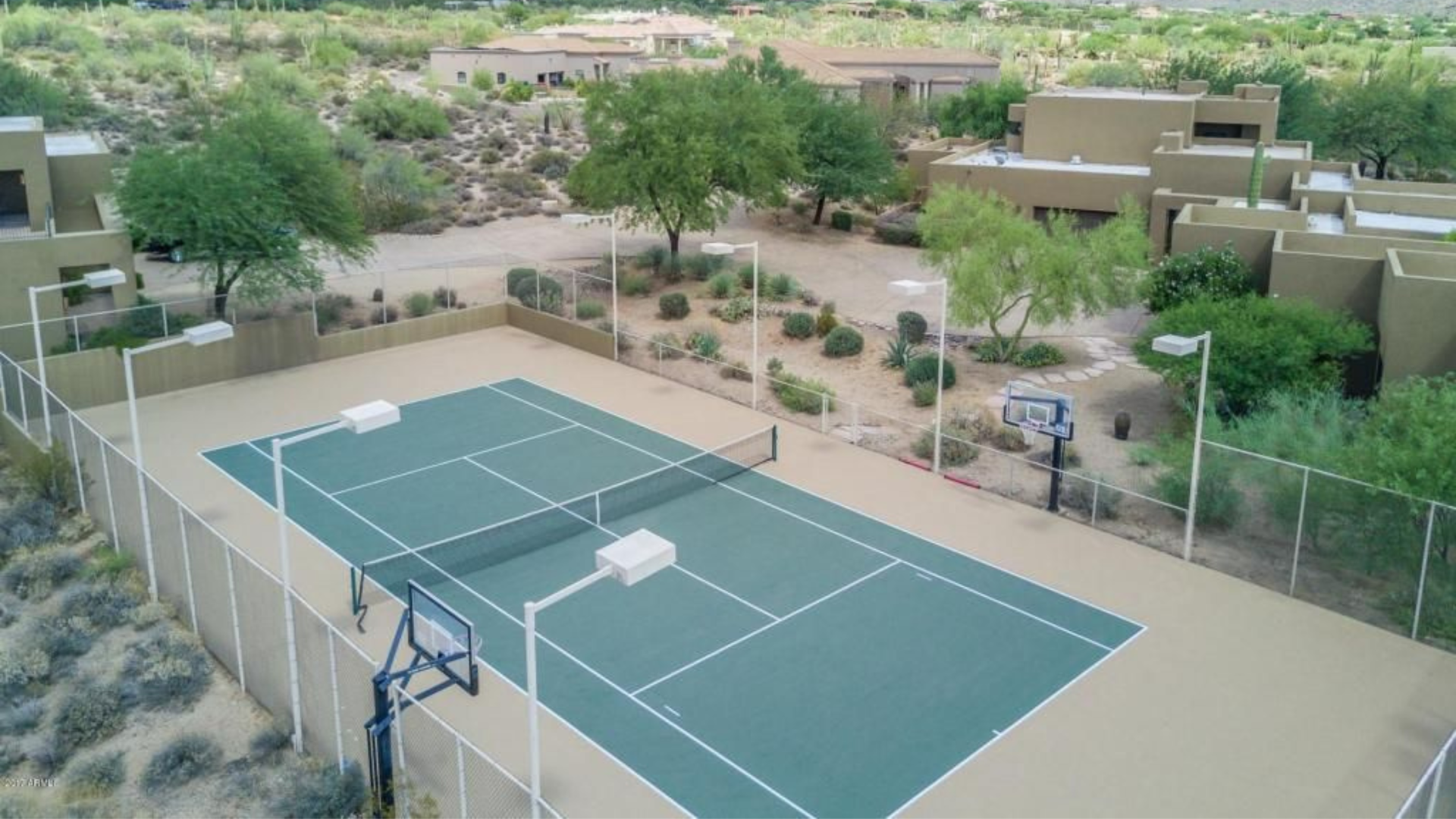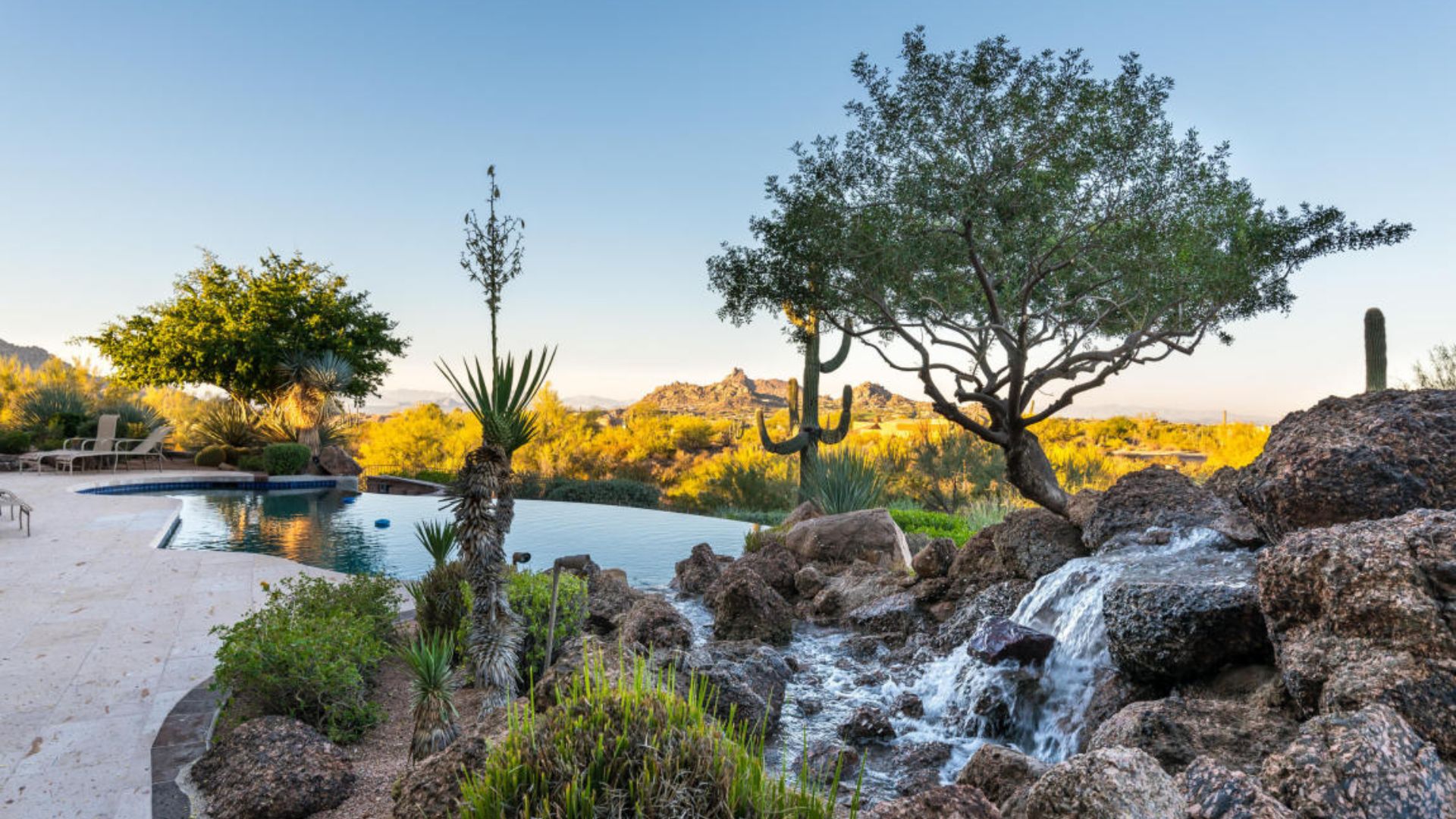The legal drinking age varies dramatically across the globe. Some countries allow 15-year-olds to consume alcoholic beverages legally. Others require citizens to wait until 25 years old. This comprehensive guide explores the youngest drinking age in the world and provides a complete legal drinking age per country breakdown.



